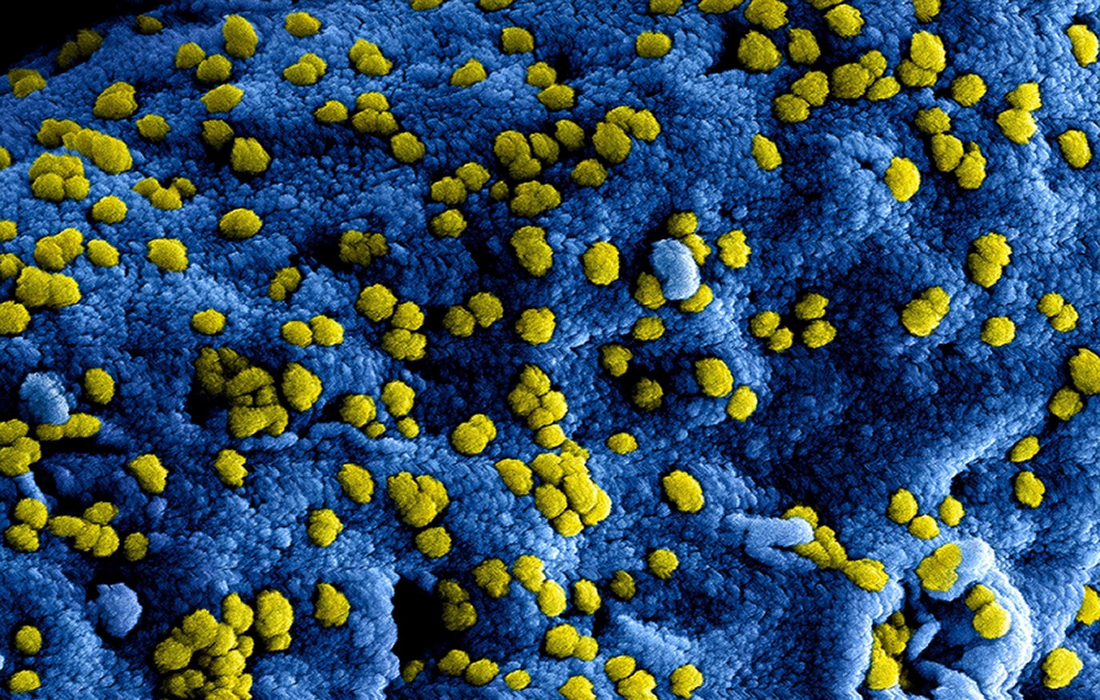Regenerative Medicine News and General Information
Scientists Find Drug That Could Combat Drug-Resistant Infections
Using an artificial intelligence algorithm, researchers at MIT and McMaster University have identified a new antibiotic that can kill a type of bacteria that is responsible for many drug-resistant infections.
If developed for use in patients, the drug could help to combat Acinetobacter baumannii, a species of bacteria that is often found in hospitals and can cause serious infections.
“Acinetobacter can survive on hospital door knobs and equipment for long periods of time, and it can take up antibiotic resistance genes from its environment. It’s really common now to find A. baumannii isolates that are resistant to nearly every antibiotic,” says Jonathan Stokes, a former MIT postdoc.
The researchers identified the new drug from a library of nearly 7,000 potential drug compounds using a machine-learning model that they trained to evaluate whether a chemical compound will inhibit the growth of A. baumannii.
Several years ago, Collins, Stokes, and MIT Professor Regina Barzilay set out to combat this growing problem by using artificial intelligence. They hoped this approach could be used to identify new antibiotics whose chemical structures are different from any existing drugs.
In their initial demonstration, the researchers trained a machine-learning algorithm to identify chemical structures that could inhibit growth of E. coli.
“After that paper, when we showed that these machine-learning approaches can work well for complex antibiotic discovery tasks, we turned our attention to what I perceive to be public enemy No. 1 for multidrug-resistant bacterial infections, which is Acinetobacter,” Stokes says.
To obtain training data for their computational model, the researchers first exposed A. baumannii grown in a lab dish to about 7,500 different chemical compounds to see which ones could inhibit growth of the microbe. Then they fed the structure of each molecule into the model.
Once the model was trained, the researchers used it to analyze a set of 6,680 compounds it had not seen before, which came from the Drug Repurposing Hub at the Broad Institute. This analysis, which took less than two hours, yielded a few hundred top hits.
In studies in mice, the researchers showed that the drug, which they named abaucin, could treat wound infections caused by A. baumannii. They also showed, in lab tests, that it works against a variety of drug-resistant A. baumannii strains isolated from human patients.
Stokes’ lab is now working with other researchers at McMaster to optimize the medicinal properties of the compound, in hopes of developing it for eventual use in patients.
Sources:
Gary Liu, Denise B. Catacutan, Khushi Rathod, Kyle Swanson, Wengong Jin, Jody C. Mohammed, Anush Chiappino-Pepe, Saad A. Syed, Meghan Fragis, Kenneth Rachwalski, Jakob Magolan, Michael G. Surette, Brian K. Coombes, Tommi Jaakkola, Regina Barzilay, James J. Collins, Jonathan M. Stokes. Deep learning-guided discovery of an antibiotic targeting Acinetobacter baumannii. Nature Chemical Biology, 2023; DOI: 10.1038/s41589-023-01349-8
Massachusetts Institute of Technology. “Using AI, scientists find a drug that could combat drug-resistant infections: The machine-learning algorithm identified a compound that kills Acinetobacter baumannii, a bacterium that lurks in many hospital settings..” ScienceDaily. ScienceDaily, 25 May 2023. <www.sciencedaily.com/releases/2023/05/230525141523.htm>.
Images from:
Photo by CDC
https://unsplash.com/photos/UDKjDYppSfw

